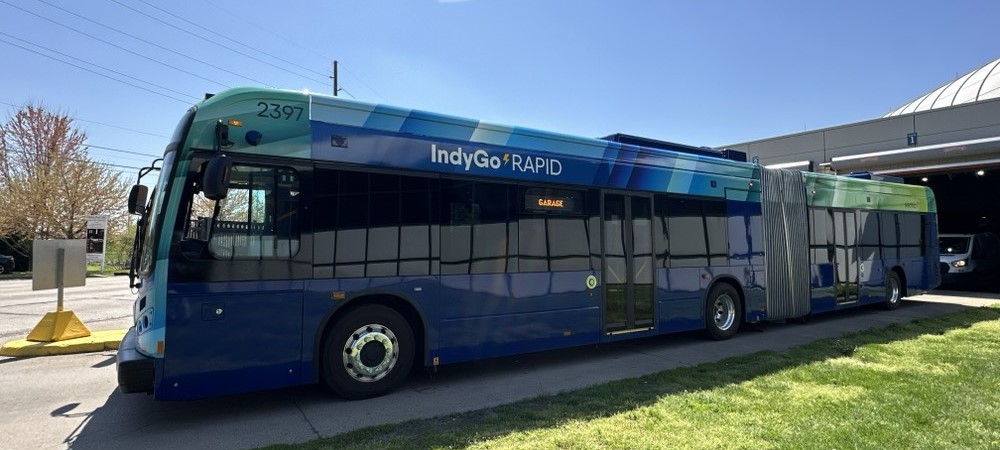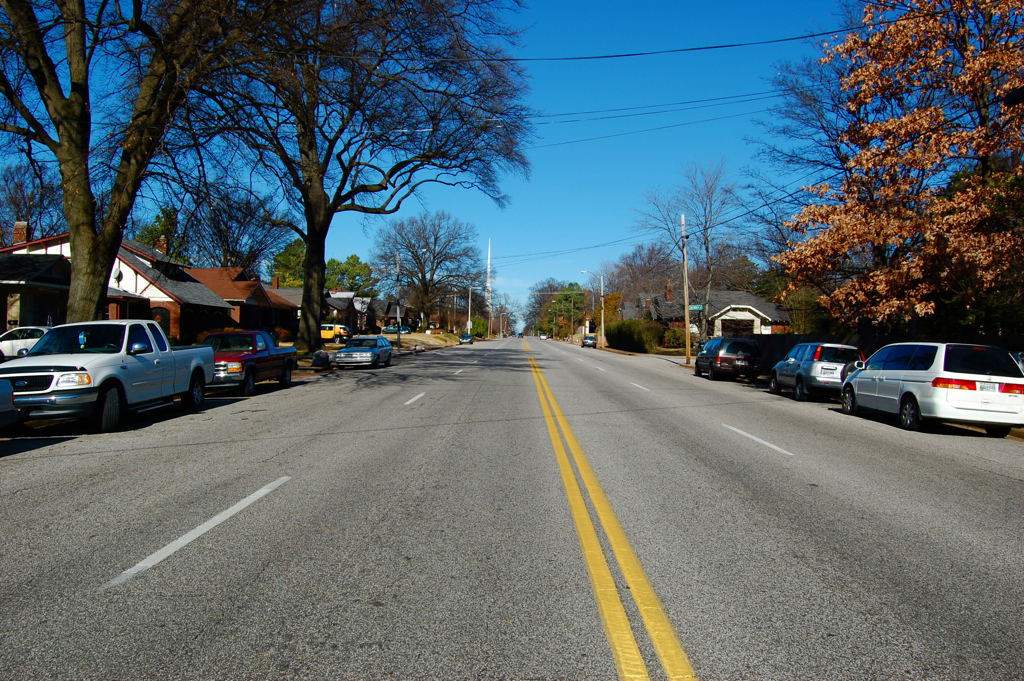Lawmakers on the House transportation committee today greeted details of the Obama administration's transit safety plan with approval, but some sounded skeptical notes about the costs of state compliance with new federal rules even as transit agencies cope with billions of dollars in maintenance and repair backlogs.
 Washington D.C.'s transit safety oversight agency has less than 1 full-time employee. (Photo: VisitingDC.com)
Washington D.C.'s transit safety oversight agency has less than 1 full-time employee. (Photo: VisitingDC.com)Rep. Pete DeFazio (D-OR), chairman of the committee's transit panel, opened today's hearing by citing Federal Transit Administration (FTA) data that showed nearly 40 percent of state transit safety overseers lacking the authority to inspect rail tracks.
"There is no substitute for physical inspection of rail lines," DeFazio said. "My concern is if
the FTA is prohibited from inspecting rail transit systems and 40 percent of
states aren’t allowed to perform inspections, then who is ensuring
that these systems are safe?"
Transport committee chairman Jim Oberstar (D-MN) added FTA numbers of his own, noting that only 15 percent of state safety overseers are allowed to fine transit agencies that are found to be violating safety standards.
"That's a pretty dismal record," he said. "Anyone who says the federal government shouldn't be engaged
here because states are doing such a great job, take a look at these numbers."
Yet both senior Democrats noted the tension between asking the 26 state transit safety groups currently in operation to meet minimum training and oversight standards -- as the White House's proposed legislation envisions -- while the nation's biggest transit agencies cope with unmet equipment repair needs that are estimated at upwards of $50 billion.
The transit safety legislation [PDF], which was transmitted to congressional leaders yesterday, would allow states to keep their current transit oversight structure as long as federal regulators find that it meets a minimum safety threshold. States would receive federal aid to defray the costs of hiring and training safety inspectors, as well as achieving financial independence from the transit agencies they monitor.
"We are trying to give the states every tool we have" to create a nationwide floor for transit safety, FTA chief Peter Rogoff told lawmakers today. "We also reserve the right to find the system they have inadequate."
The FTA was prohibited from setting national transit safety under a 1965 law that was modified in 1991, when Congress created an oversight system that allowed flexible state standards for light rail and subways. Some state groups, such as those in New York and Massachusetts, have maintained independent and active oversight, but other transit safety entities -- Washington D.C.'s, most notably -- have been exposed as toothless.
During today's hearing, several transportation committee members pressed Rogoff about the new legislation's price tag and its merit for state transit safety groups that are already considered strong overseers.
"To the extent that states are making meaningful expenditures now, we believe [the new bill] will be cost-effective," Rogoff said, explaining that the White House plans to include extra transit safety funds in the 2011 budget that will be released in February.
How would the administration offset that new transit safety spending? Rogoff did not go into detail, leading DeFazio to conclude that "we will see what we see when we see it."
Rep. Jean Schmidt (R-OH) proposed cutting bicycle and pedestrian funds to cover the cost of the new safety plan, which met with disapproval from Rogoff and a cutting quip from Oberstar: "Noble suggestion, but over my dead body."
The merits of subjecting already healthy state safety overseers to new federal standards was addressed by Richard Clark, a director at the California Public Utilities Commission, where more than 20 full-time employees work on transit safety.
Clark said the proposed legislation "will provide us with much-needed training, better communication between us and FTA, and support [to achieve] adequate staffing levels." The bill would not preempt states' ability to enforce stricter standards than the federal minimum, he added.
During his testimony, American Public Transportation Association (APTA) President William Millar threw some cold water on the administration's suggestion that transit safety breaches were on the rise. In fact, passengers are far safer on subways and light rail (1.362 injuries per 100 million miles in 2008) than in an auto (82 injuries per 100 million miles in 2007), according to the U.S. DOT.
From Millar's testimony:
While it will take many actions to improve transit’s enviable safety record, it will also take significant financial investment to bring public transportation systems up to a state of good repair, increase the training of the men and women and who work in our industry and correct safety deficiencies identified. If safety is to be taken to the next level, investments must be made. It is not enough to just pass laws and issue regulations.





